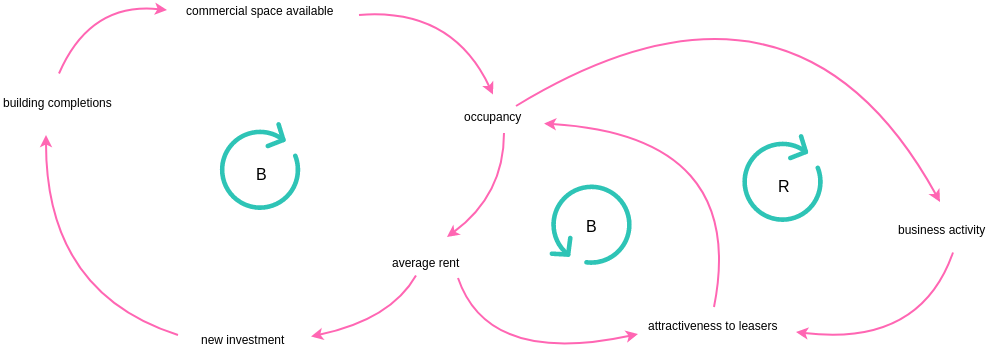
employ non-verbal, graphic/spatial modelling media, for example, sketching and prototyping.resolve ill-defined or 'wicked' problems.As a process of designing Īn iterative, non-linear process, design thinking includes activities such as context analysis, user testing, problem finding and framing, ideation and solution generating, creative thinking, sketching and drawing, prototyping, and evaluating.Ĭore features of design thinking include the abilities to: The different uses have given rise to some confusion in the use of the term. The term design thinking has been used to refer to a specific cognitive style (thinking like a designer), a general theory of design (a way of understanding how designers work), and a set of pedagogical resources (through which organisations or inexperienced designers can learn to approach complex problems in a designerly way).

Many of the key concepts and aspects of design thinking have been identified through studies, across different design domains, of design cognition and design activity in both laboratory and natural contexts. It has also been referred to as ‘designerly ways of knowing, thinking and acting’ and as ‘designerly thinking’.

VISUAL PARADIGM SAVE AS PDF PDF
Visual Paradigm Modeler Edition (shortly known as VP-UML ME) is a straightforward and practical UML modeler specially intended for software development teams that need to create professional UML diagrams and produce software specification through HTML and PDF reporting.Ĭonsidering the main purpose for which the application was designed, Visual Paradigm Modeler Edition is geared towards users who need to analyze system requirements by drawing proper diagrams and design databases quickly with professional ERD (Entity-Relationship diagram). This way, you and your team can enjoy easy modeling without developing diagrams from scratch.īefore using the application, you need to specify the workspace where all your configurations and projects will be saved. Then, start creating your own UML diagrams by personalizing them with your business data. The left panel allows you to choose the type of diagram you want to create.

From the right-click menu you are able to start creating a new class diagram and export the existing one to XML format or as image.Īfter specifying the diagram’s name, you can simply drag and drop objects from the left section, which appears each time you open a new class diagram. Association classes, models, connectors or packages are amongst the few objects that can be added inside your diagrams, but this mostly depends on the diagram’s model.įor instance, when you want to create a new Entity Relationship Diagram, you are most likely to use classes and the proper associations between them, so actors and other objects are useless for these kinds of UML diagrams. The ‘Code Engineering’ feature enables you to keep system design and implementation synchronized. Irrespective of which programming language you choose to work with, you are able to generate. NET, C++ or C# scripts from UML class diagrams and insert them into your code.Īnother feature that makes the application to stand out is called ‘IDE Integration’.
VISUAL PARADIGM SAVE AS PDF DOWNLOAD
#VISUAL PARADIGM 10.2 FREE DOWNLOAD PDF#.


 0 kommentar(er)
0 kommentar(er)
